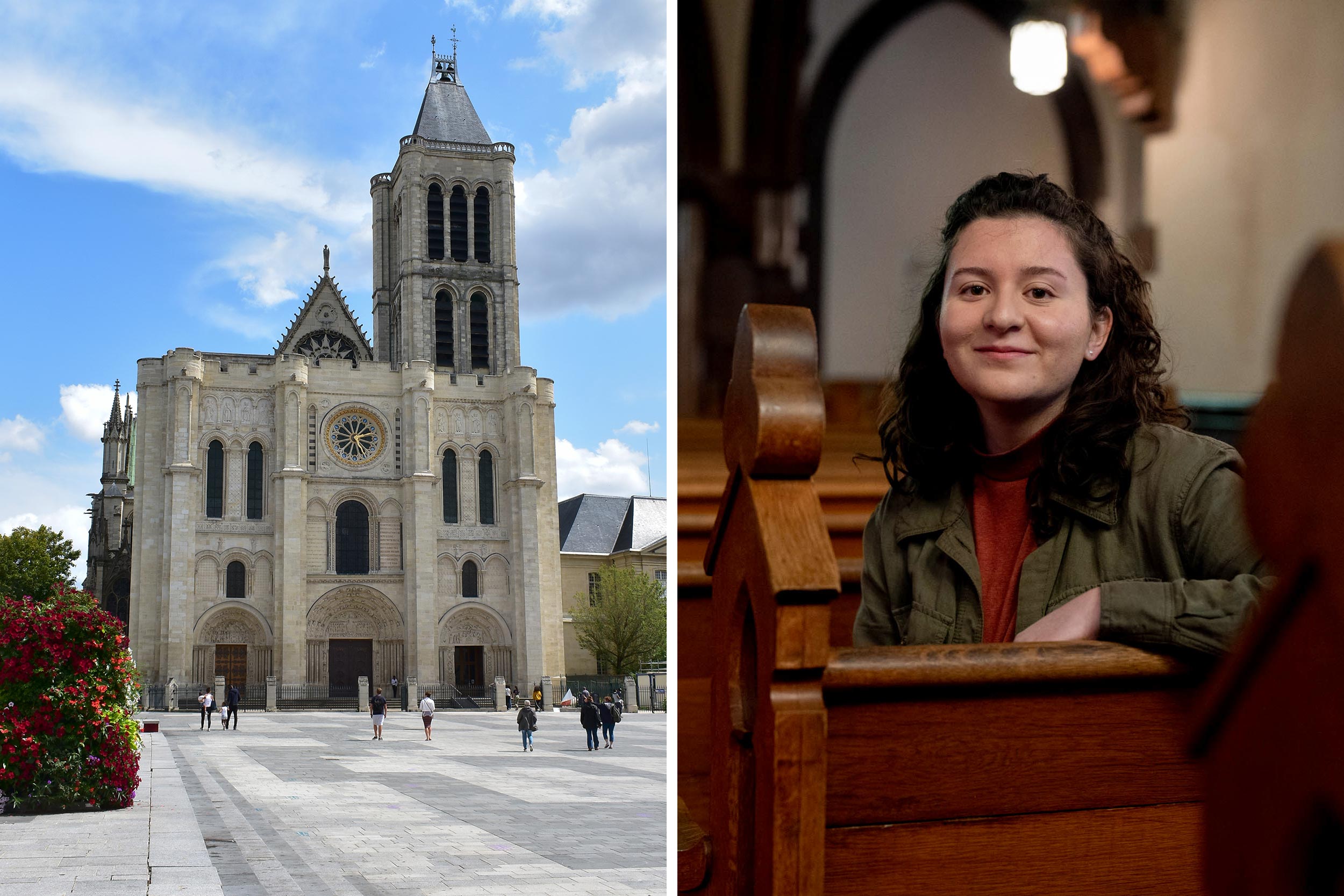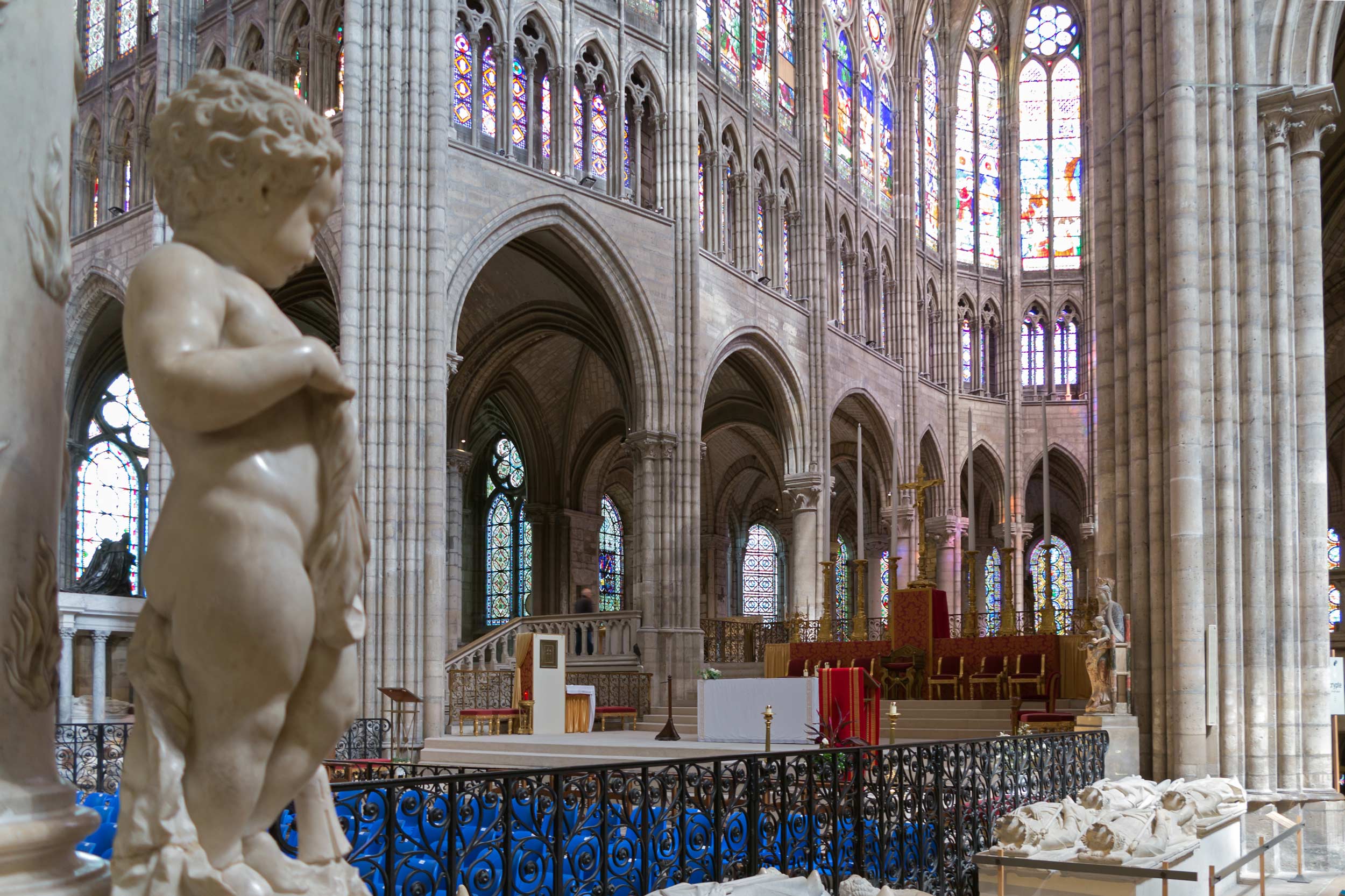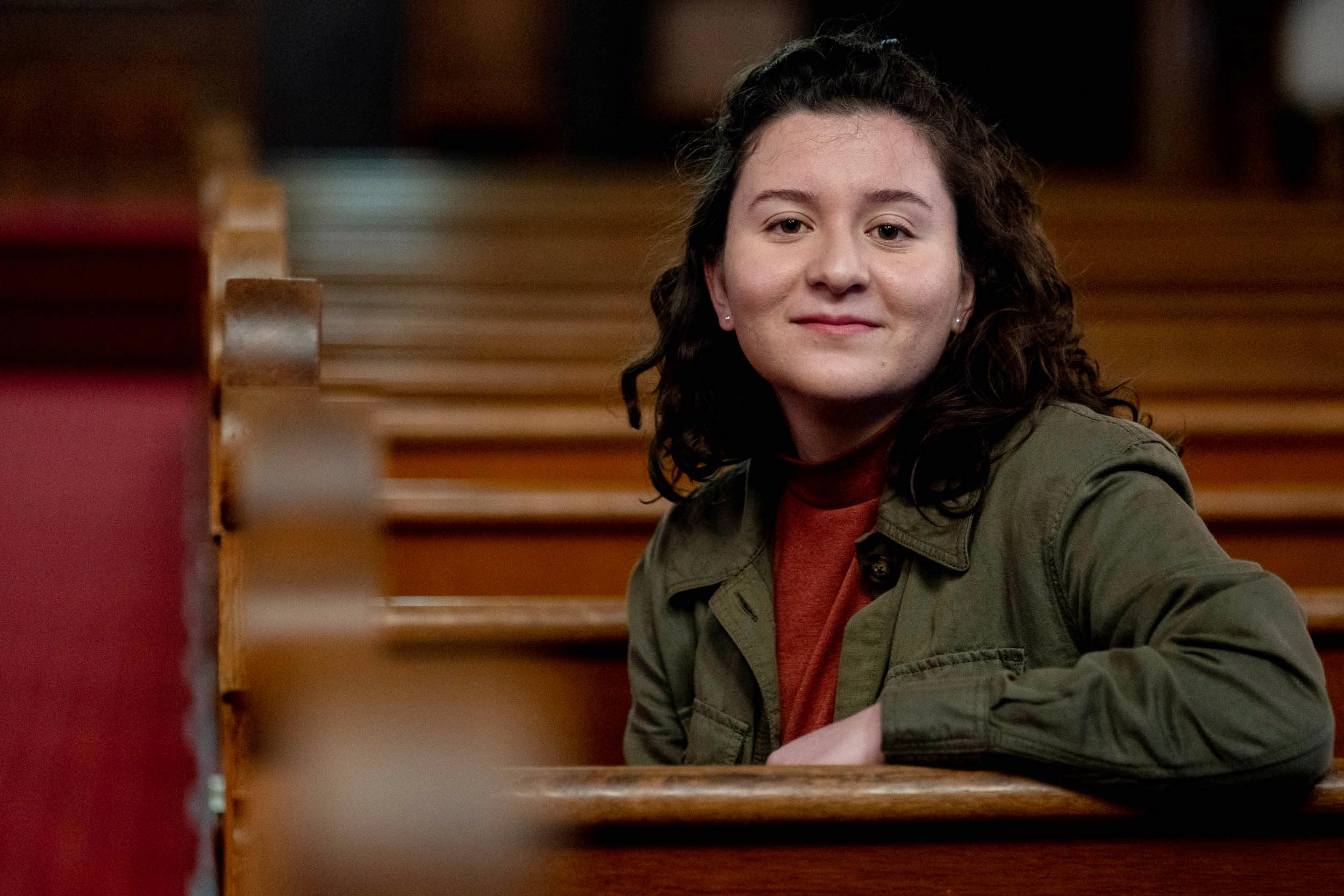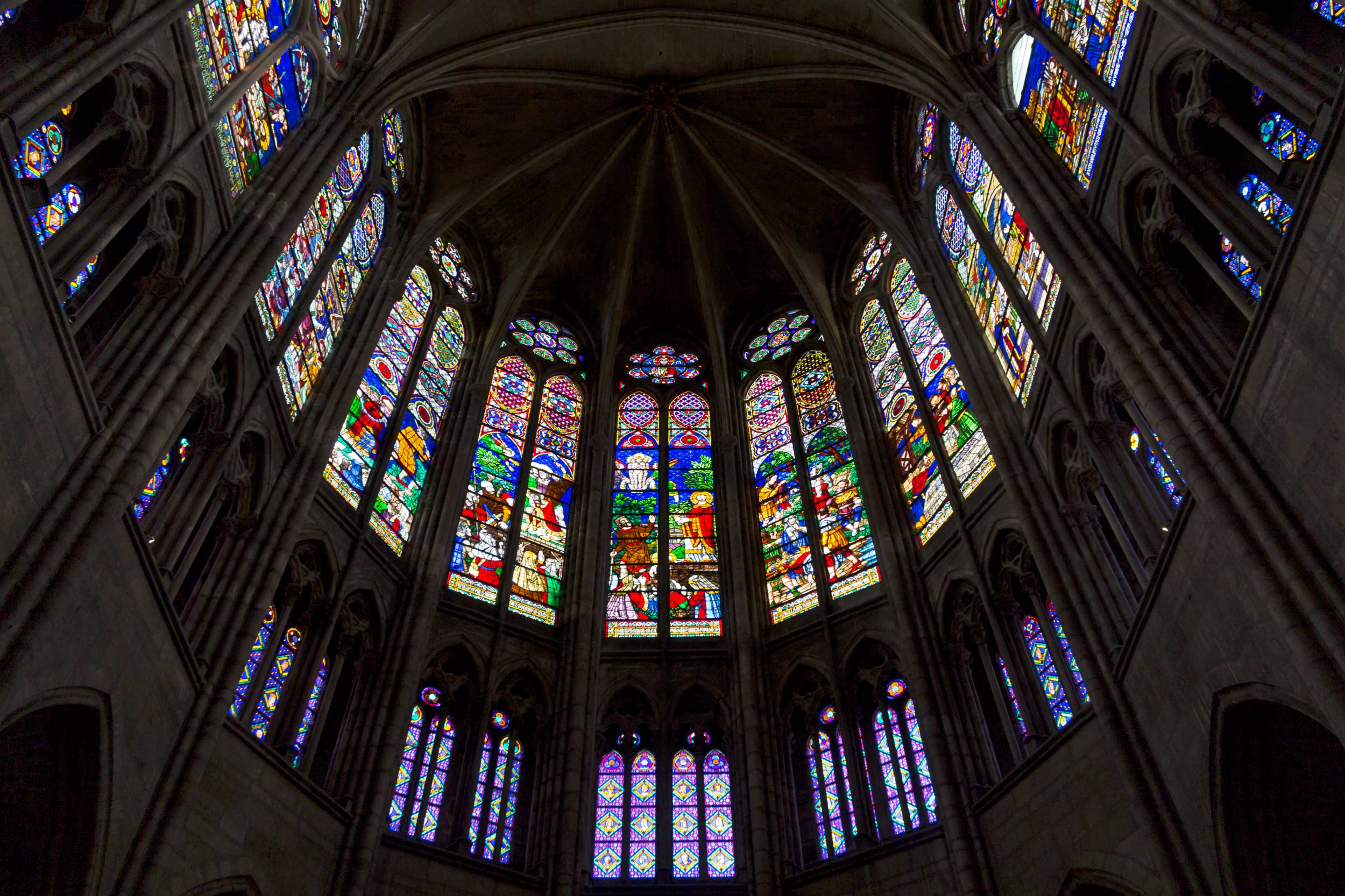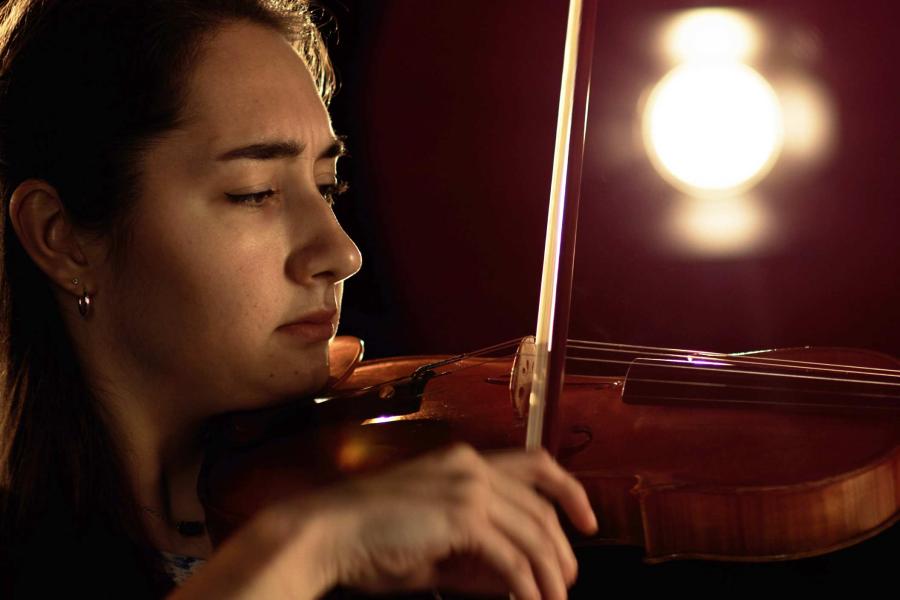Bucheli has been able to apply the framework to understand architecture that she learned at UVA, allowing her to develop her own approach to architecture.
“At the same time, I’ve learned a lot about Catholic philosophy and theology, something quite unusual for an architecture student at a secular university,” Bucheli said. “This has helped me see how valuable it is to unite scholarship across fields, times, countries and disciplines in a project.”
“Martina is a serious student, but not without a sense of humor and tremendous passion for her subject,” Reilly said. “She is very thoughtful and hard-working. Her project on St. Denis springs from her career goal to become a practicing architect who specializes in ecclesiastical architecture and her own strong faith. … Her serious interest in medieval philosophy and theology is quite unusual for an architecture student, so she is bringing an unusual perspective to her studies, which will then inform her professional practice.”
Bucheli has always been interested in ideas and intellectual history, and she credited Waldman’s class for showing her where this fit into architecture. And she credited the Harrison Undergraduate Research Grant with allowing her to pursue her interests.
“The research was a joy-filled labor, since I was pursuing my own curiosity and fascination,” she said. “I learned how motivated I can be when I am doing something I love.”
Bucheli is president of the Thomistic Institute chapter at UVA, which promotes Catholic vision in the contemporary world by strengthening the intellectual formation of Christians. She received the University Achievement Award, given to students who demonstrate leadership and character while overcoming hardship. She is a graduate of Oakcrest School in Vienna. After UVA, she plans to enter the Dominican Sisters of St. Cecilia, a Roman Catholic religious community based in Nashville.
“The community is associated with the Order of Preachers which was founded in 1216 by the Spanish preacher and priest St. Dominic de Guzman,” Bucheli said. “There, I will continue studies in philosophy and theology according to the Thomistic tradition and eventually teach in missions around the world. If I am called to, I will also use my background in architecture.”
